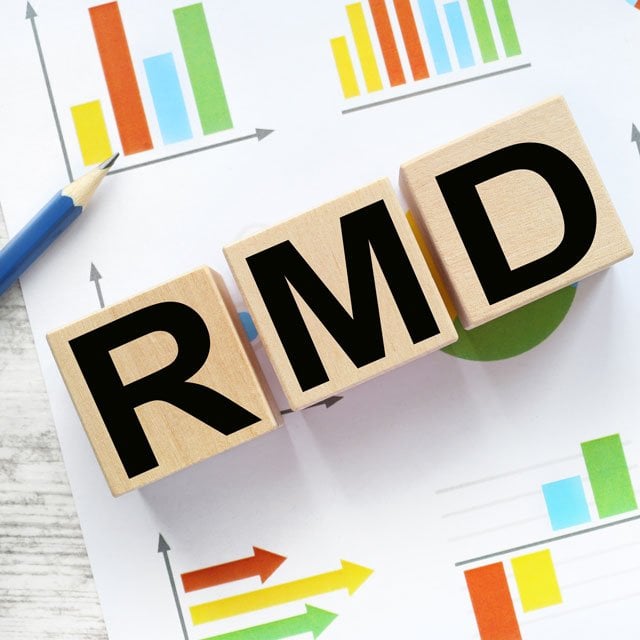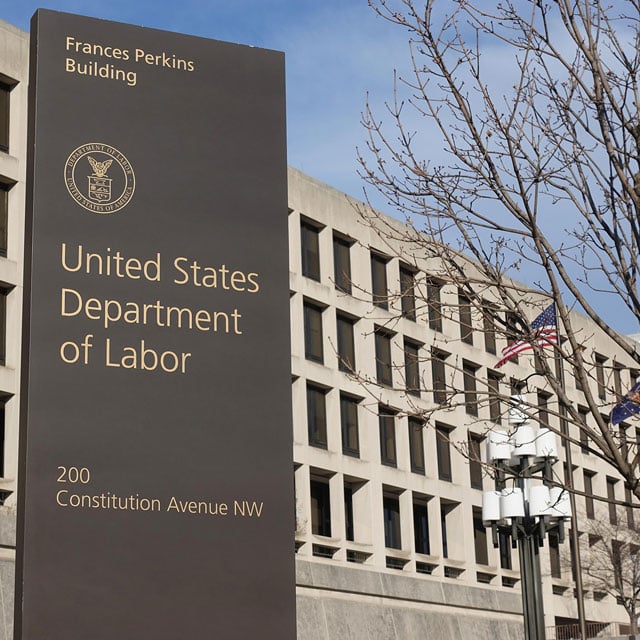
8 Facts About 401(k) Assets and Bankruptcy
Financial advisors who work with retirement-focused clients likely know that workplace retirement accounts set up under the Employee Retirement Income Security Act enjoy general protection from seizure by creditors in cases of bankruptcy. The act covers most employer-sponsored retirement plans, including 401(k)s and pensions, and there's generally no cap on the amount of funds protected from bankruptcy filing. Nonetheless, there are some instances when money in an ERISA-qualified account may not be fully protected from creditors. A client could be found guilty of a crime and go to prison, for example, and the state could garnish those funds to compensate the prison for some of its costs. Retirement savings might also not be protected if the creditor is a former spouse — or the Internal Revenue Service itself. While few advisors will expect their clients to run into such significant financial troubles, bankruptcies are common across the wealth spectrum. They can be driven by all manner of events, from unexpected business disruptions to divorces and accidents. So, it's important for advisors to know the rules when it comes to protecting retirement accounts in such scenarios. See the accompanying slideshow for a rundown of key points to know about retirement assets and bankruptcy proceedings, drawn from the ALM Tax Facts library.
© 2024 ALM Global, LLC, All Rights Reserved. Request academic re-use from www.copyright.com. All other uses, submit a request to [email protected]. For more information visit Asset & Logo Licensing.
Featured Resources
View All
Sponsored by Allianz Life Insurance Company of North America and Allianz Life Financial Services LLC
Can Systematic Risk Be Reduced?







